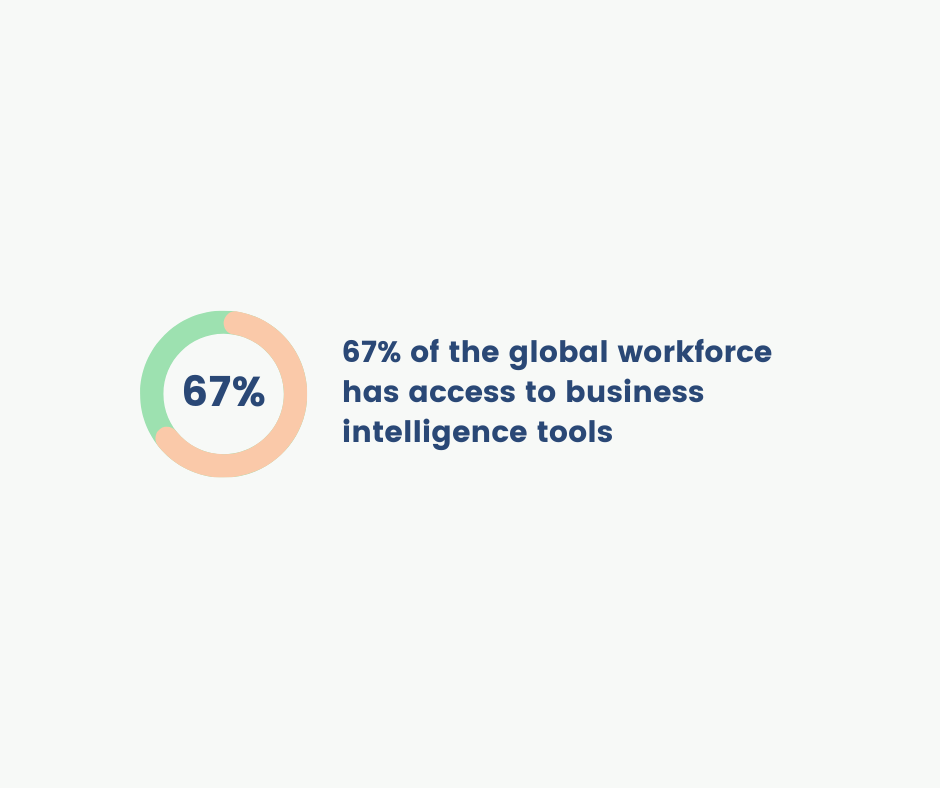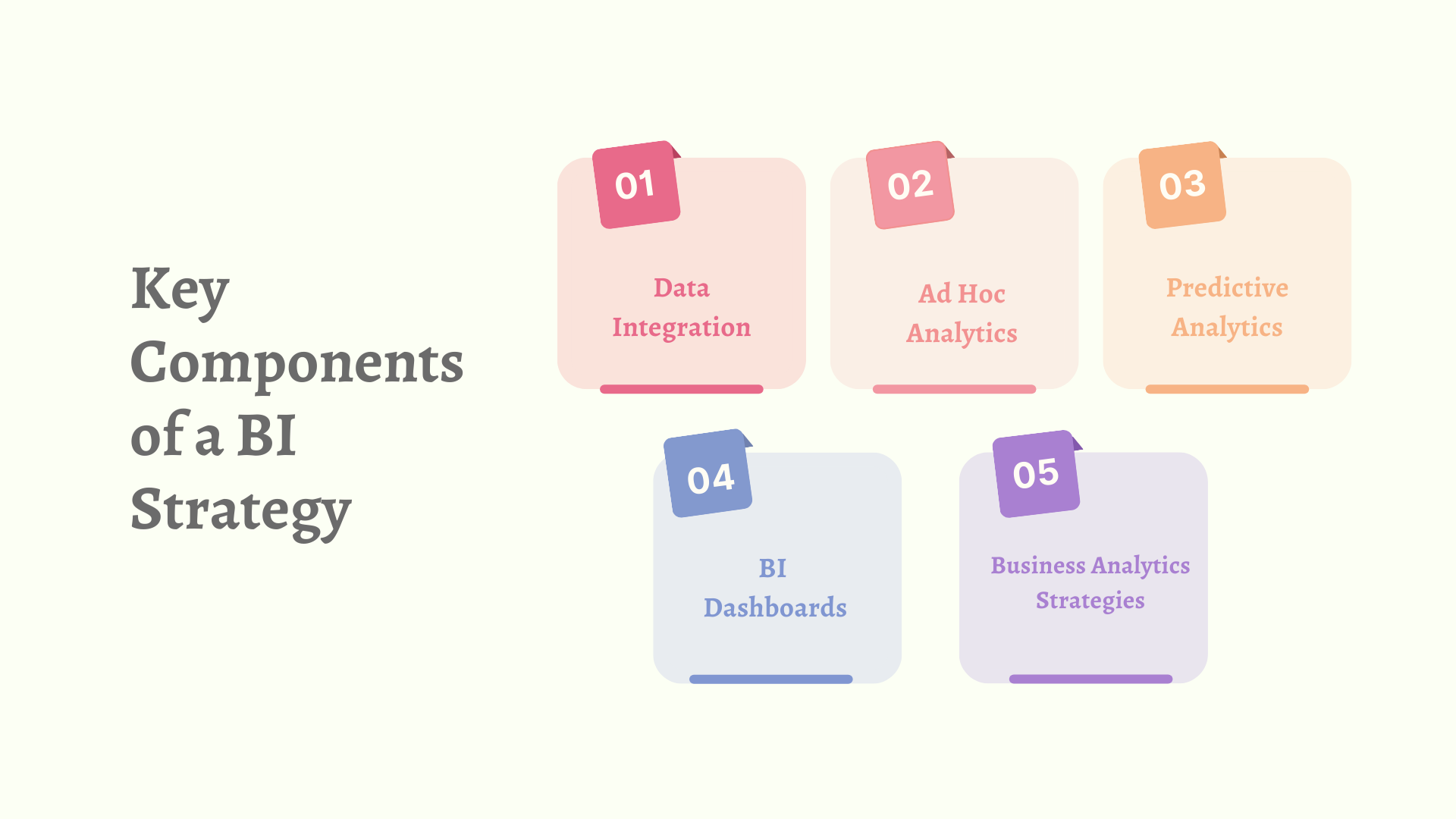
From Turnover to Loyalty: Employee Retention Statistics
While competitive salaries help, retaining top talent involves much more than financial incentives. These insightful employee retention statistics reveal how employers can turn high turnover into even higher loyalty.






